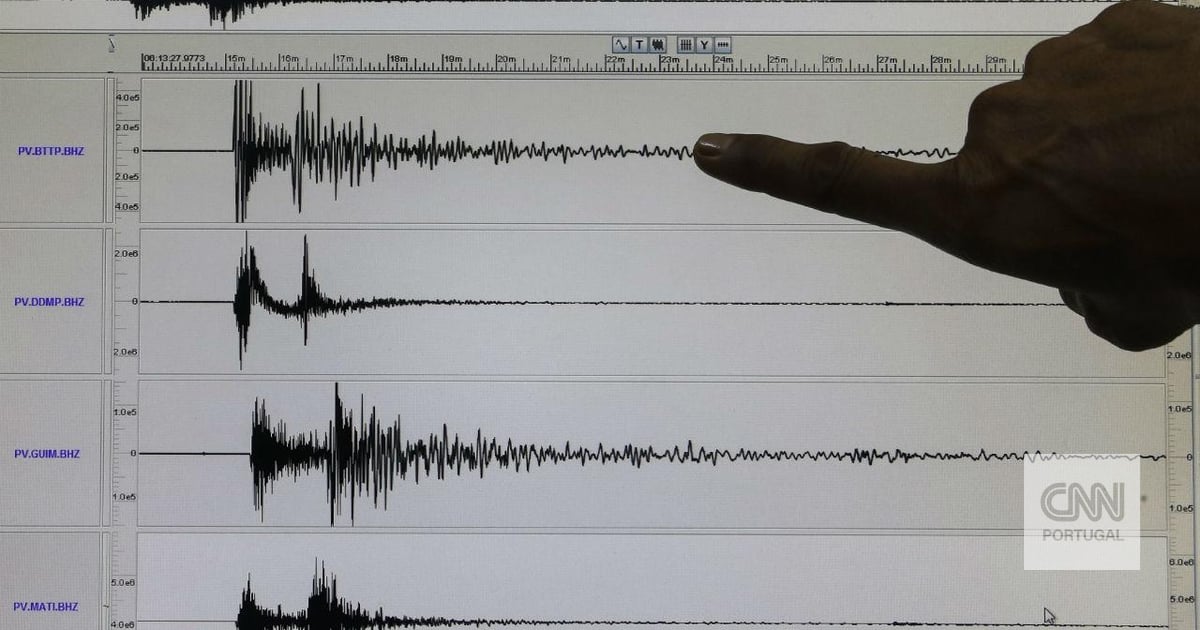Sismos Internacionais 2023
- Thread starter Wessel1985
- Data de início
-
O novo portal está no ar! Novos meteogramas, cartas, e mais. Mais informações neste tópico
Seguimento Meteorológico: Litoral Norte | Interior Norte e Centro | Litoral Centro | Sul | Açores e Madeira | Livre
Previsões: Curto e médio prazo: até 2 semanas | Longo prazo: mensal e sazonal (Regras e links úteis nos 1ºs posts)
Facebook | Avisos IPMA/Alertas ANEPC
You are using an out of date browser. It may not display this or other websites correctly.
You should upgrade or use an alternative browser.
You should upgrade or use an alternative browser.
Younger Dryas
Nimbostratus
Identification and Analysis of Multi-Station Atmospheric Electric Field Anomalies before the Yangbi Ms 6.4 Earthquake on 21 May 2021
Before an earthquake, stress and strain accumulate in the Earth’s crust, and the subsurface medium transitions are from elastic to inelastic deformation and are accompanied by a variety of dynamic processes such as pore expansion and rupture of rocks, friction on faults, and changes in subsurface fluids [4]. This leads to a series of complex geophysical, geochemical, piezomagnetic, piezoelectric, thermomagnetic, and electrokinetic effects that can produce distinct changes in the Earth’s surface and atmosphere, as observed and reported by many researchers using ground-based observations. The atmosphere, as a highly interconnected component of the Earth system, is influenced by various factors such as external space, the ionosphere, and the rock layer. The intricate nature of atmospheric dynamics, coupled with its sensitivity to these influences, presents a significant challenge for achieving precise observations. (...) Consequently, it was found that non-meteorological AEF anomalies associated with pre-seismic geological activities were recorded in the AEF monitoring network in the Sichuan–Yunnan region of China approximately 15–30 days before the occurrence of the Yangbi earthquake. These anomalies appeared primarily within a 100 km radius from the epicenter of the main earthquake and exhibited characteristics such as multiple occurrences spanning several days, stations, and fault zones. Notably, the anomalies appeared more frequently with greater magnitudes around 15 days prior to the earthquake.
Última edição:
Younger Dryas
Nimbostratus
Aproveitando que isto aparece aqui. Alguém me sabe explicar porque é que o governo do Brasil faz desaparecer os alertas de sismo lá?
Busorganist
Cirrus
StormRic
Furacão

Sismo de magnitude 6,4 no Nepal faz pelo menos 37 mortos
Um sismo de magnitude 6,4 escala de Richter no Nepal causou a morte a pelo menos 37 pessoas na região montanhosa do noroeste, adiantaram as autoridades nepalesas, que esperam o aumento do número de vítimas.

Última edição:
StormRic
Furacão
Actualização:
/cloudfront-us-east-2.images.arcpublishing.com/reuters/LVNYVEGWO5OE7ESI2RMNZ2PUVA.jpg)
 www.reuters.com
www.reuters.com
/cloudfront-us-east-2.images.arcpublishing.com/reuters/LVNYVEGWO5OE7ESI2RMNZ2PUVA.jpg)
Nepal earthquake kills at least 69
At least 69 people were killed and dozens injured in Nepal on Friday when a strong earthquake struck the western area of Jajarkot, with witnesses saying houses in the area collapsed and buildings as far as New Delhi, India, shook.
StormRic
Furacão
Estimativa do número de vítimas aumenta:

 www.publico.pt
www.publico.pt

Temem-se centenas de mortos em sismo no Nepal
Não havia um tremor de terra tão forte desde 2015, quando morreram 9000 pessoas no sismo mais grave de sempre nesta nação dos Himalaias. Índia e China ofereceram ajuda.
Geopower
Cumulonimbus

Alerta de tsunami emitido após sismo de magnitude de 7,5 nas Filipinas
A agência sismológica das Filipinas prevê que as ondas do tsunami atinjam a costa das Filipinas por volta da meia noite local
Partilhar:

